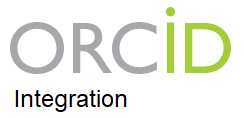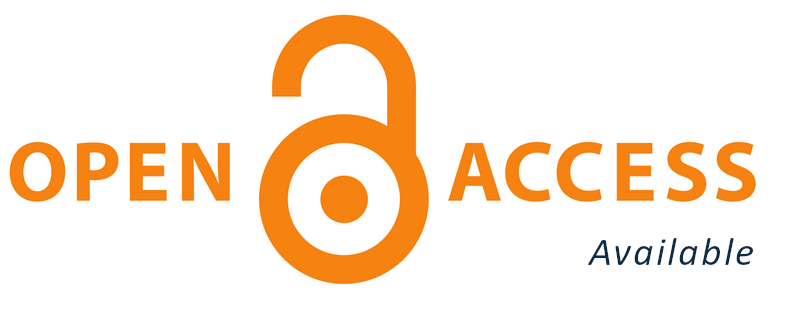Anthropometric and analytical variables predictive of cardiometabolic risk in pregnant women who begin pregnancy with overweight and obesity
Authors
DOI:
https://doi.org/10.37980/im.journal.revcog.20221894Keywords:
obesity, pregnancy, cardiometabolic riskAbstract
Introduction: The prevalence of pregestational obesity is a health problem. Objective: to determine by means of anthropometric and analytical variables, the cardiometabolic risk in women who start pregnancy with overweight and obesity Method: cross-sectional analytical study in the Mariana Grajales Hospital of Santa Clara, from 2019 to 2021, in 404 pregnant women who started their pregnancy with overweight and obesity. Results: Obesity predominated in women of childbearing age (78.2%) and in those of advanced age (82%). Abdominal circumference greater than 80 cm, waist hip index greater than 85 cm and lipid accumulation product LAP greater than 34.2 were the three anthropometric variables significantly associated with age, with significantly higher values in older pregnant women. Abdominal circumference greater than 80, waist-to-hip ratio greater than 85, uptake glycemia greater than 4.4 mmol/L, triglyceride levels greater than 1.7 mmol/L and LAP greater than 34.2 were the five anthropometric variables significantly associated with obesity. Of the total of 404 overweight and obese pregnant women, 59.4% had a hypertriglyceridemic waist phenotype and within the classification of obesity in obese class III, 90.9%, as well as in the subtotal of obesity, 63.6%. Metabolic health predominated in 94.8%. Conclusions: We found association of anthropometric and analytical variables predictive of cardiometabolic risk in women with pregestational obesity.
Downloads
Additional Files
Published
Issue
Section
License
Copyright (c) 2022 Infomedic Intl.Derechos autoriales y de reproducibilidad. La Revista RevCog es un ente académico, sin fines de lucro, que forma parte de la Sociedad Centroamericana de Ginecología y Obstetricia. Sus publicaciones son de tipo ACCESO GRATUITO y PERMANENTE de su contenido para uso individual y académico, sin restricción. Los derechos autoriales de cada artículo son retenidos por sus autores. Al Publicar en la Revista, el autor otorga Licencia permanente, exclusiva, e irrevocable a la Sociedad para la edición del manuscrito, y otorga a la empresa editorial, Infomedic International Licencia de uso de distribución, indexación y comercial exclusiva, permanente e irrevocable de su contenido y para la generación de productos y servicios derivados del mismo.









